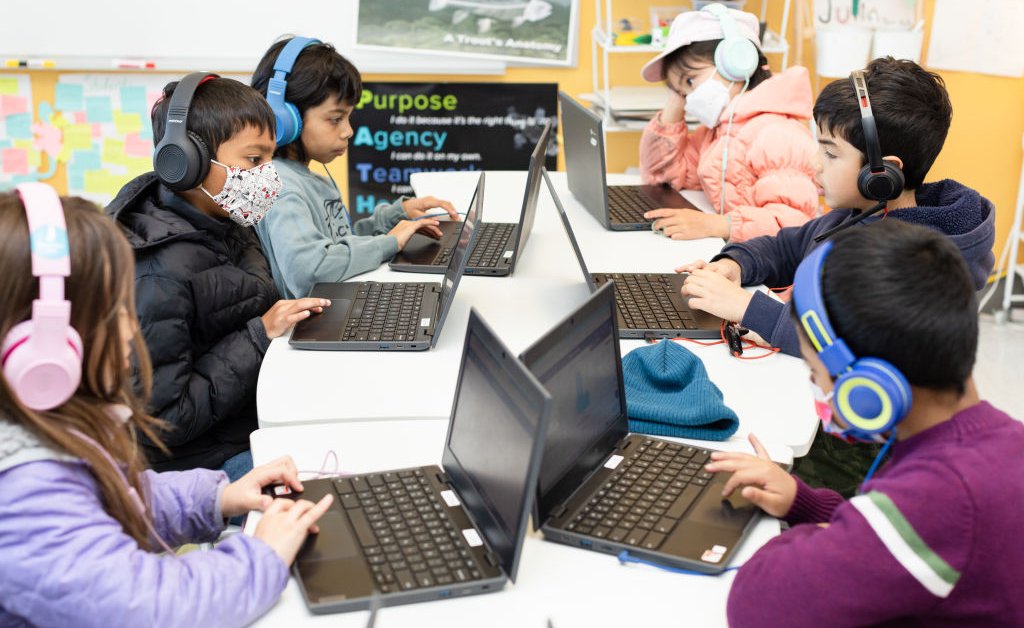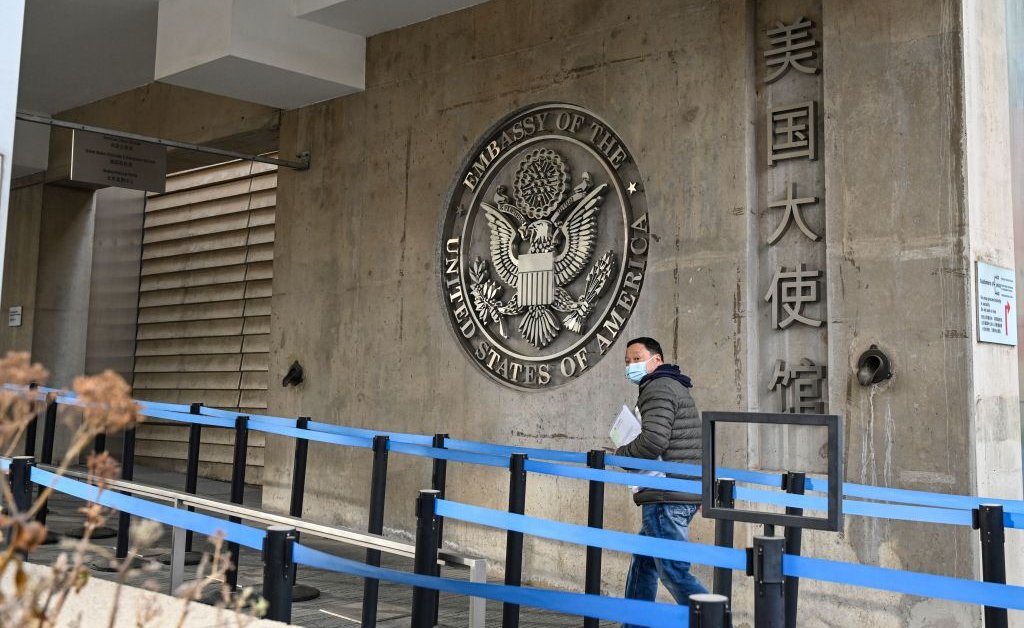AI tools have become deeply embedded in how many students learn and complete schoolwork—and that usage is only poised to increase. On Tuesday, the American Federation of Teachers announced an AI training hub for educators, backed by $23 million from Microsoft, OpenAI, and Anthropic.
The AFT is the second-largest teachers’ union, representing 1.8 million teachers and educational staffers across the country. Their training hub will open in New York City this fall, featuring workshops that will educate teachers on how to use AI tools for tasks like generating lesson plans and quizzes, or writing emails to parents. Microsoft is providing $12.5 million for AI teacher training over the next five years. OpenAI is contributing $10 million.
“AI is already in our schools, impacting how lessons are planned and how students learn in and out of classrooms. We have to ensure educators, parents, and students shape how AI is being used, so it’s not simply imposed on them,” Randi Weingarten, AFT’s president, wrote on Bluesky on Tuesday.
AI’s integration into learning is a hotly contested subject. Some teachers say AI tools are helping them manage vast workloads and give students more personalized instruction. Others worry that Big Tech companies are using AI to enrich themselves at the expense of teachers’ jobs and students’ critical thinking development.
“Look at the real agenda of the tech billionaires – even more business control over education,” wrote Lois Weiner, an education professor and teacher union activist, on Bluesky.
And while the Trump administration has slashed and frozen funding for education, it has heavily promoted AI education. Trump signed an executive order in April calling for AI integration throughout K-12 education. Linda McMahon, the education secretary, said in April that using AI to help teach first-graders or “even pre-Ks” would be a “wonderful thing.” (Although notably, she referred to AI as “A1.”)
Read More: ChatGPT May Be Eroding Critical Thinking Skills, According to a New MIT Study
Growing Impact
AI companies have aggressively pushed their tools into classrooms and into the hands of young people. Google recently rolled out a version of its Gemini chatbot specifically for users under 13, and also partnered with Miami-Dade County Public Schools to deploy chatbots to over 100,000 high schoolers. Anthropic is touting Claude as a study companion, and implemented “AI-enabled learning” in several universities.
Accordingly, students have adopted AI for schoolwork at a rapid rate: the percentage of teens using ChatGPT for schoolwork has doubled over the last two years, Pew found in January.
Sam Hiner, the executive director of the Young People’s Alliance, a policy advocacy nonprofit, says that AI has already had detrimental effects on many students across the country. “We’re seeing schools provision ChatGPT for free to students—and students turn around and write their essays with ChatGPT and make one or two changes before submitting them,” he says. “We’ve heard that directly from our members at YPA that young people feel like they aren’t learning anymore because ChatGPT is such an easy crutch.”
But Hiner concedes that AI training may be important for students as these tools become increasingly central to the modern economy. “I think this training will have to not only focus on what you can do with AI, but how to avoid some of those very likely pitfalls that are easy to fall into because of the convenience that they offer,” he says.
Elizabeth Laird, the director of equity in civic technology at the Center for Democracy & Technology, also hopes that this AFT training will address AI’s many risks. “[AI] can diminish trust between students and educators, spread inaccurate information, disincentivize students from thinking critically, and enable tech-driven sexual harassment,” she wrote in an email to TIME.
Read More: Trump’s ‘Big Beautiful Bill’ Will Devastate Public Schools
Potential Positives
Zach Kennelly, a teacher who has been leading AI integration into DSST, a network of Denver charter schools, sees more potential for AI in the classroom. He taught AP Psychology last semester, and used AI tools to give students immediate feedback on their short analyses of psychological research. He also gave his students an AI bot trained on study guides and practice exams, allowing them to develop their own personalized, interactive learning approaches to study for the AP exam.
“Creating a brand new learning experience, giving individualized feedback for 60 students, then helping them internalize it—we’re talking 60 hours to do that effectively over two assignments,” he says. “Leveraging specific AI tools, I can move that process to two hours.”
Kennelly still harbors concerns about how AI tools are impacting critical thinking, as well as around the motives around tech companies’ education initiatives. “Positioning tech companies to lead the conversation around how to do this in education: That has messy incentives and is a real concern,” Kennelly says. “But I think this is a step forward, because instead of getting it straight from tech companies, we’re positioning educators to lead.”
Weingarten echoed this sentiment on Bluesky. “The National Academy for AI Instruction was created with and for AFT members. Educators helped design the curriculum, test tools, and draft commonsense guardrails. We’re engaging critically by demanding privacy, transparency, and real protections every step of the way,” she wrote.








